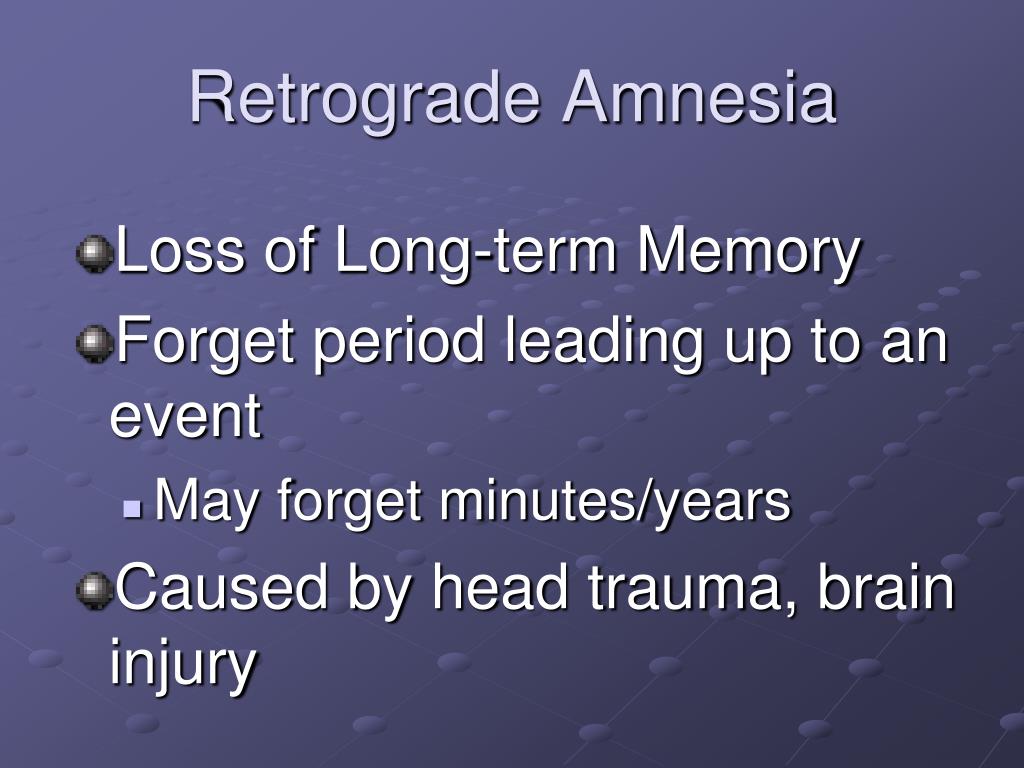


1 A– C), as demonstrated by comparable levels of engram labeling in saline and anisomycin-treated groups. The specific dosage of anisomycin used in this study did not alter the activity-dependent synthesis of ChR2-eYFP in DG cells ( Fig.

To disrupt cellular memory consolidation, we systemically injected the protein synthesis inhibitor anisomycin ( 26), or saline as a control, immediately after contextual fear conditioning (CFC). We used memory engram cell identification and manipulation technology ( 4) to tag the hippocampal dentate gyrus (DG) component of a contextual fear memory engram with ChR2-eYFP. Furthermore, optogenetic manipulations of specific engram cells in vivo permitted unprecedented investigations of the relationship between memory representations and animal cognition or behaviors, allowing inception of a false memory ( 5), switching memory valence ( 19, 20), ameliorating depression-like behaviors ( 21), and restoring a memory impairment in early Alzheimer’s mice ( 22). Further studies identified and investigated memory engram cells in various brain areas under a variety of mnemonically relevant behavioral protocols ( 9– 18). This evidence has been complemented by loss-of-function evidence in the lateral amygdala ( 7, 8). A combination of immediate early genes, transgenics, and optogenetic techniques has recently provided the long-sought gain-of-function evidence for engram cells in the dentate gyrus of the hippocampus ( 4– 6). Memory engrams are held by a set of neuronal ensembles that are activated by learning, and reactivation of these neurons gives rise to recall of the specific memory ( 1– 3). These results indicate that memory information is retained in a form of silent engram under protein synthesis inhibition-induced retrograde amnesia and support the hypothesis that memory is stored as the specific connectivity between engram cells.Ī memory engram is the enduring physical or chemical changes that occur in brain networks upon learning, representing the acquired memory information. Finally, the silent engram cells can be converted to active engram cells by overexpression of α-p-21–activated kinase 1, which increases spine density in engram cells. Consistent with the previously reported lack of retention of augmented synaptic strength and reduced spine density in silent engram cells, optogenetic memory recall under amnesia is stimulation strength-dependent, with low-power stimulation eliciting only partial recall. Furthermore, inactivation of the connectivity of engram cell ensembles with its downstream counterparts, but not upstream ones, prevents optogenetic memory recall. This long-term retention of memory information correlates with equally persistent retention of functional engram cell-to-engram cell connectivity. Here, we show that the full-fledged optogenetic recall persists at least 8 d after learning under protein synthesis inhibition-induced amnesia. We call this state of engrams “silent engrams” and the cells bearing them “silent engram cells.” The retention of memory information under amnesia suggests that the time-limited protein synthesis following learning is dispensable for memory storage, but may be necessary for effective memory retrieval processes. These engram cells can be activated by optogenetic stimulation for full-fledged recall, but not by stimulation using natural recall cues (thus, amnesia). Memory engrams are retained under protein synthesis inhibition-induced retrograde amnesia. Recent studies identified neuronal ensembles and circuits that hold specific memory information (memory engrams).


 0 kommentar(er)
0 kommentar(er)
